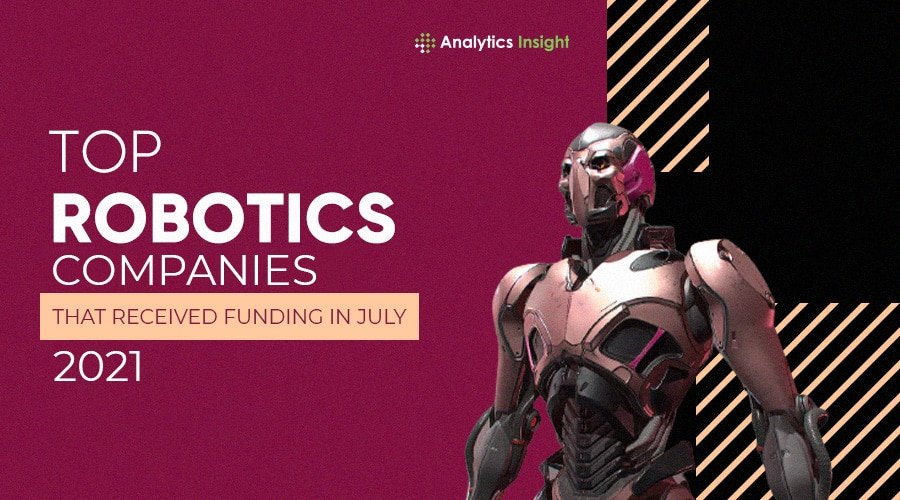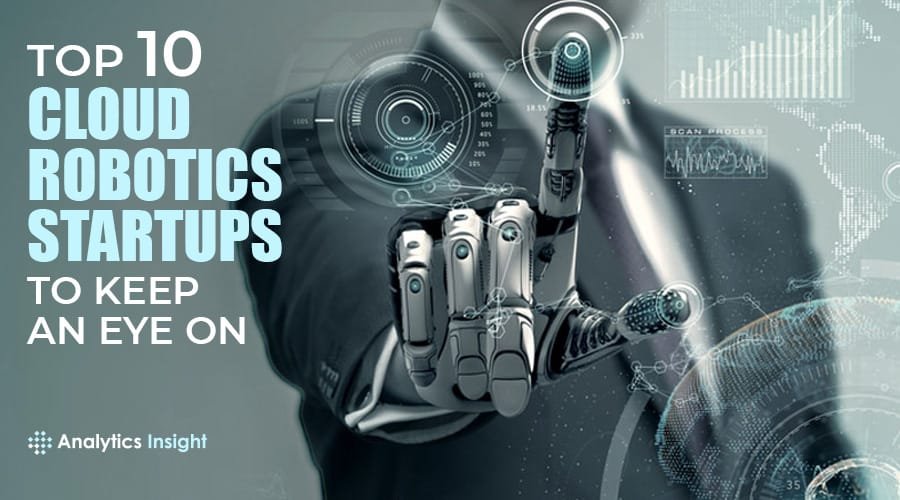Source: sciencefocus.com
What are robots and what can they do?
Robots are machines that can carry out complex actions automatically. They generally need three elements: sensors such as cameras, lidar, or microphones; actuators such as motors, pistons or artificial muscles, and controllers.
Robots may be remotely controlled by humans, but frequently they are partially or fully controlled by computers, making them autonomous.
Robots in fiction frequently resemble us, looking quite humanoid in appearance with two arms, two legs and a head with cameras for eyes. But in reality, the vast majority of robot forms are designed to fit their function.
Your washing machine and dishwasher are both robots, performing complex actions under computer control. Many air-conditioning units are robots, changing fan settings, air deflectors, and switching from cooling to heating automatically.
All modern cars are robots, with computers adjusting engine settings, brakes, steering and suspension in response to your driving.
The more advanced autonomous cars are even starting to take over some of the driving from you.
Who coined the term robotics?
The word robot derives from the Czech word robota, meaning forced labour, which was derived from the Proto-Slavic *orbota, meaning hard work or slavery.
In 1920, Karel Čapek introduced the word robot to the world in his play called Rossumovi Univerzální Roboti (Rossum’s Universal Robots) in which artificial organic humanoid robots were built, and subsequently became dissatisfied, leading to a robot revolution and ultimately the birth of a new robot society.
Similar storylines have been used in movies about robots ever since.
Čapek’s robots were not mechanical, unlike ours today. But more recently the word robot or “bot” is also used in reference to software, for example a Web-crawling bot that trawls through websites collating information.
Given the original meaning and origin of the word, you have to wonder if one day an intelligent artificial entity will consider “robot” to be highly offensive and derogatory.
How are robots made?
The field of robotics, and more broadly mechatronics, studies how best to design, build and control robots.
It’s surprisingly difficult to make robots that work well. Information from sensors must be processed in real-time (if you cannot make sense of what you see quickly enough, then you either have to move very slowly, or you have to keep stopping to think).
More flexible robots such as robot arms in factories have many degrees of freedom (imagine an arm with five “elbows” as well as a “shoulder” and “wrist” joint). Such arms can be moved into billions of different twisty poses to enable them to reach into tricky places and weld components together.
Figuring out how best to control robot arms so that they do not hit anything (including themselves) is surprisingly hard, especially when obstacles may be moving around them. That’s why, despite all the amazing things artificial intelligence (AI) can do today, robot control is still considered one of the most difficult problems.
It’s also why creating fully autonomous vehicles is a lot more difficult than most people realise!
What were the first robots and when were they invented?
The idea of automata has been around for thousands of years. These devices were mechanical representations of animals, birds and people, often designed to entertain the wealthy.
Ancient Chinese texts tell the story of a mechanical man presented to King Mu of Zhou (1023–957 BCE) by the ‘artificer’ Yan Shi. King Solomon, who reigned from 970 to 931 BCE, was said to have had a golden lion that raised a foot to help him to his throne, and a mechanical eagle that placed his crown upon his head. Hero of Alexandria (10–70 CE) wrote an entire book about his automaton inventions, and how hydraulics, pneumatics and mechanics could be used.
Some of the first robots as we might recognise them today were built in the 1940s by neurologist and EEG pioneer Grey Walter in Bristol, UK. Since they looked a little like electric tortoises, he called them Elmer and Elsie (ELectro MEchanical Robots, Light Sensitive). These fully autonomous robots trundled about, attracted to light like moths, and automatically went back to charge themselves when their batteries became low.
What could robots of the future do?
Robots have contributed massively to our industries, enabling most devices, appliances, transportation and processed foods to be made efficiently and cheaply. Today researchers are working towards even greater automation, with robots taking over more and more of the manufacturing processes.
3D printing using additive manufacturing may enable complex components to be made, and it is the ambition of many industries to even automate the repair process of machines, with faults being detected before they cause failures, and new parts being made and swapped automatically.
Eventually, this could even lead to machines that can build themselves and repair themselves – known as von Neumann machines (self-replicating machines) after the mathematician who imagined them back in the late 1940s.
In our homes, robots are likely to become more common. Robot vacuum cleaners and floor-moppers may become the norm instead of a luxury, although they’re unlikely ever to look like Rosey the Robot from the Jetsons. Robot kitchen arms to do your cooking might become common.
At present, there are no practical robot dusters, however!
Are the 3 laws of robotics real?
The science fiction writer and professor of biochemistry, Isaac Asimov, wrote many early books about robots. (The movie I, Robot was based on his books, and his Foundation series is now being made for a new Apple TV series.)
He famously created three laws of robotics:
- A robot may not injure a human being or, through inaction, allow a human being to come to harm.
- A robot must obey the orders given it by human beings except where such orders would conflict with the First Law.
- A robot must protect its own existence as long as such protection does not conflict with the First or Second Laws.
But while these laws were a fictional attempt to protect us from harm, they didn’t really work – as Asimov’s own stories often demonstrated. Tell the robot, “he is not a human being”, or neglect to tell them that he is a human, or tell the robot that something else is a human being… and all kinds of problems could happen.
Today, no robot uses these three laws. Instead, we have experts in AI, ethics and morals to help provide sensible guidelines for the creation and use of robots. Some researchers also hope to empower robots and give them the ability to judge ethical and moral consequences for themselves.


